For an effective weed-prevention strategy, opt for a weed-control mat in your garden to keep out the undesirables. This layer of cover will firmly rest on the soil, obviating the potential for weed-growth. Moreover, it’ll also burden any seeds from obtaining enough nutrient and light to sprout – thus, warding off any nasty intruders.
From cost-effective paper mats to long-lasting materials like plastic or fabric, weed control matting comes in a variety of materials to suit your needs. If you’re looking for the most economical option, paper mats may be the way to go –Although you will need to switch them out more often than other types of matting.
To protect the garden bed from weeds, the weed control matting must be properly secured to the soil bed. Gently lay the matting across the soil and firm it in place with stakes. Extend it across the entire area of the garden; overlapping edges create an effective shield against any unwelcome seeds.
To ensure the matting remains in pristine condition and maintains its natural appearance, it must be routinely rid of any foreign materials such as leaves or other organic material. This is particularly important as these items can develop into potential breeding grounds for weeds, diminishing the overall quality of the matting. Therefore, it is recommended to clear away any debris nestled within the surface of the matting on a frequent basis.
Weed control matting can be of great use, not only in thwarting germination of weeds, but also in suppressing existing weeds. In particular, fabric mats, which can stifle sunlight and thus impede photosynthesis, are highly effective in this regard.
Your garden can be kept clear of tenacious weeds with sturdy weed control matting. Investing in a material of superior quality is recommended to help you reap the greatest advantages, while keeping the matting clean will guarantee that it serves its purpose well.
Related Product
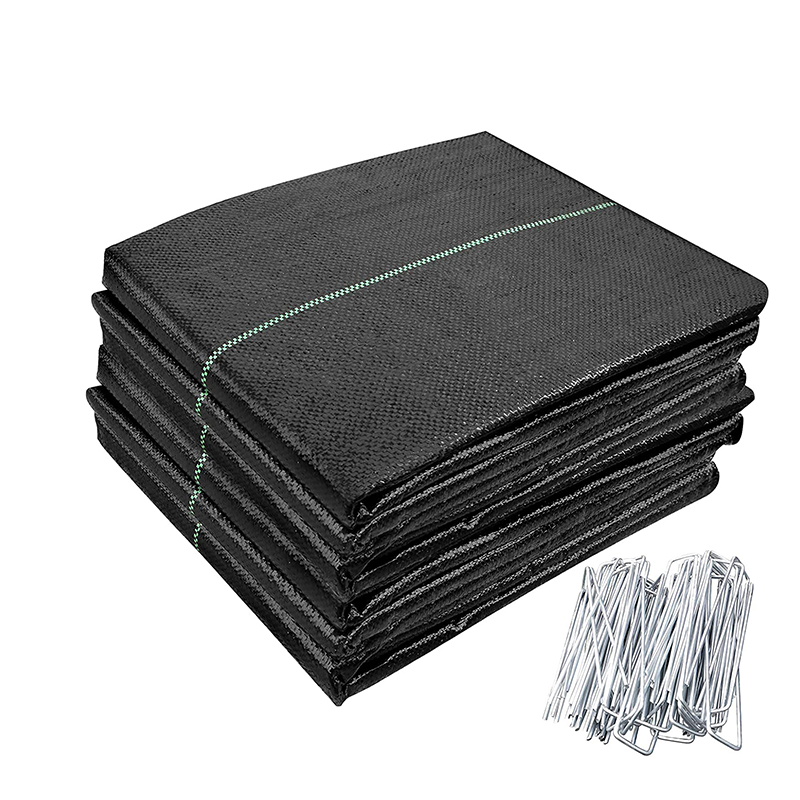
Woven Geotextile/Weed Mat
PP Woven Geotextiles are a series geotextiles made of high-performance polypropylene woven geotextile fabrics combining strength, durability and robust design. All these PP woven g […]
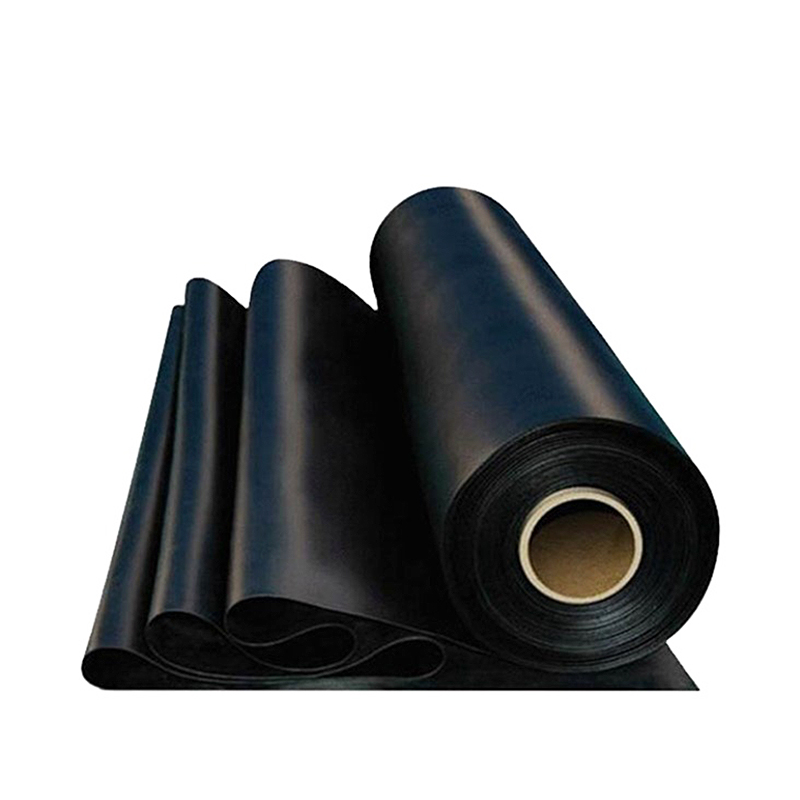
Hdpe Geomembrane
Product Features: They have strong ability for waterproof,anti seepage and isolation, aging resistance, good welding performance, convenient construction, root resistance and other […]
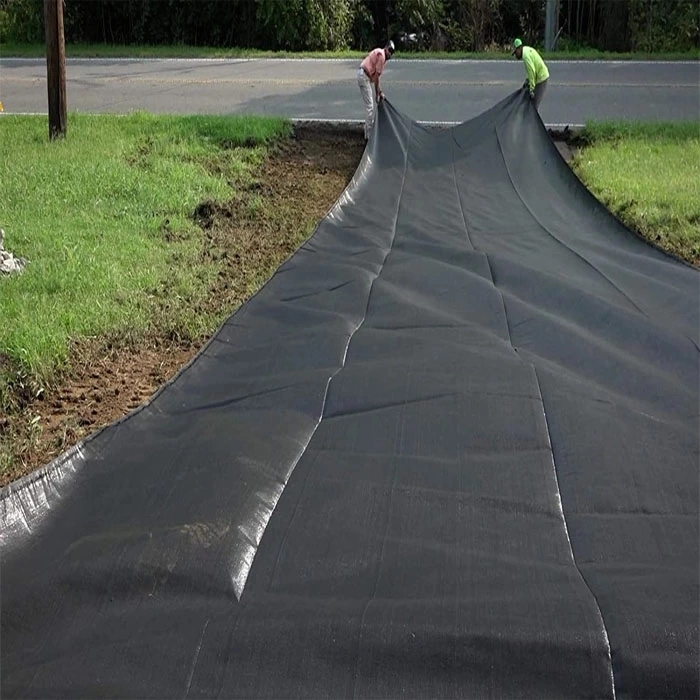
Bluekin Weedmat: Your Secret Weapon for a Low-Maintenance and Beautiful Garden
Are you tired of spending countless hours weeding and maintaining your garden? Look no further than Bluekin Weedmat, the ultimate solution for a low-maintenance and beautiful garde […]
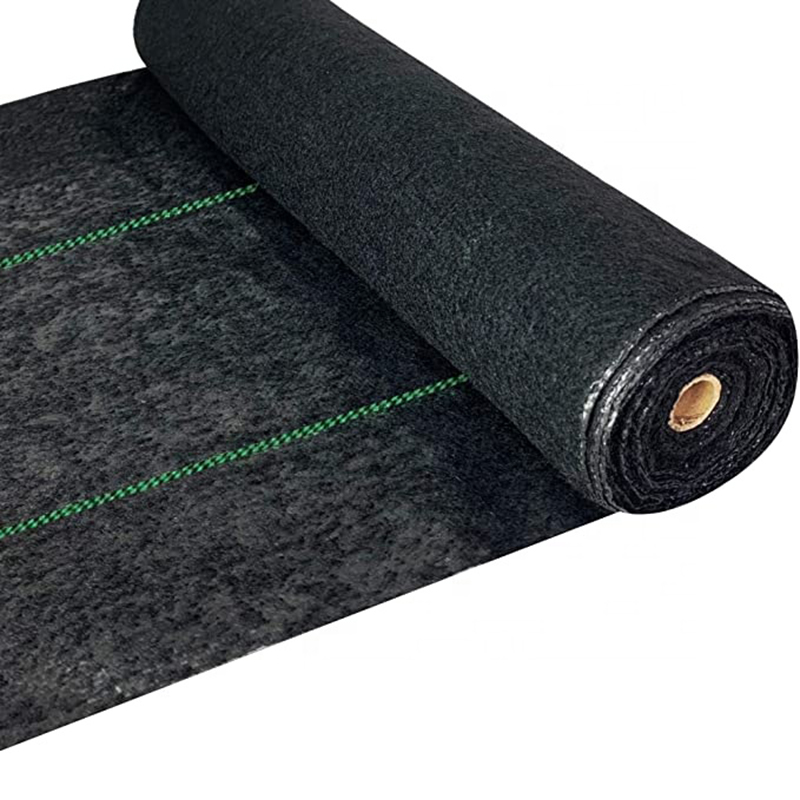
Heavy Duty Landscape Fabric
High Strength &Durability: 5.8oz heavy duty landscape weed barrier fabric, made of tightly woven polypropylene fabric needle which punched with UV-stabilized. 98.7% opaque to l […]
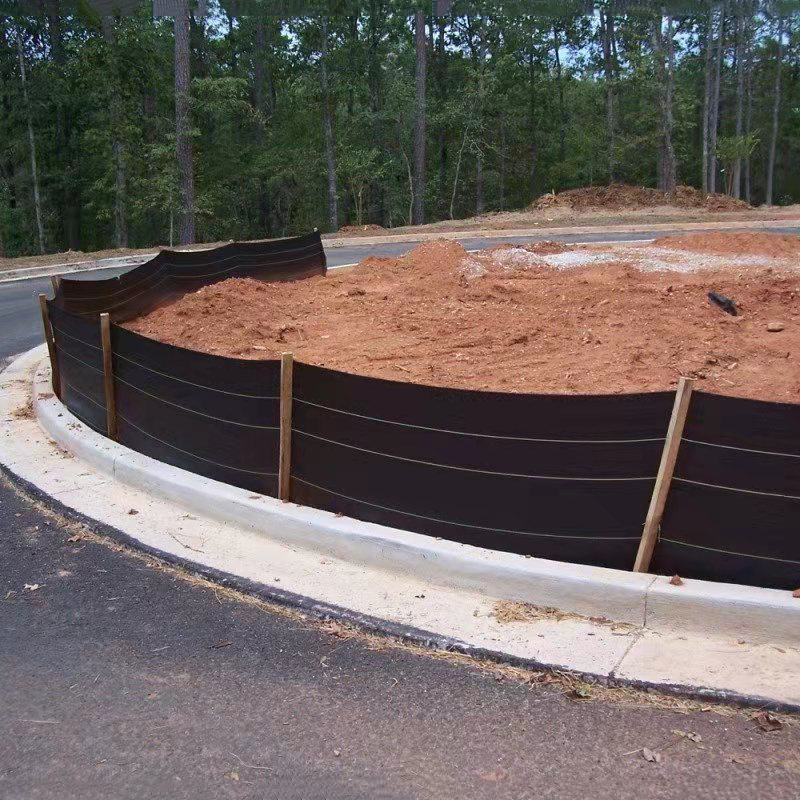
Silt Fence
Product Weed Mat / Ground cover/Slit fence Weight 70g/m2-300g/m2 Width 0.4m-6m. Lengths 50m,100m,200m or as your request. Color Black,Green,White ,Yellow or As your request […]
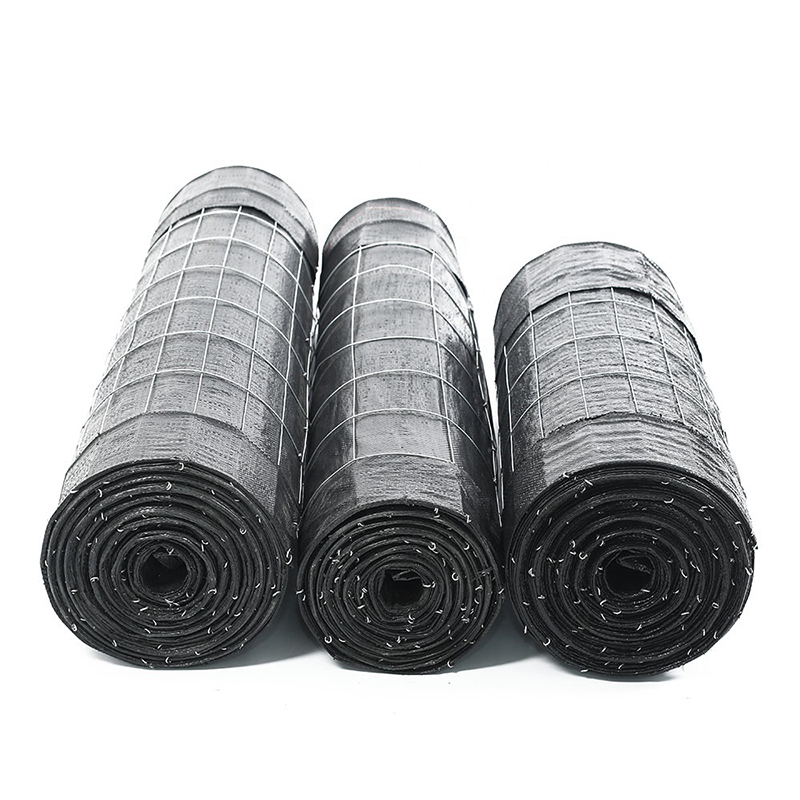
Wire Backed Silt Fence
The Wire Back Silt Fence is a strong erosion control fence designed for areas with demanding silt and erosion control requirements. Offering more strength and stability than a stan […]
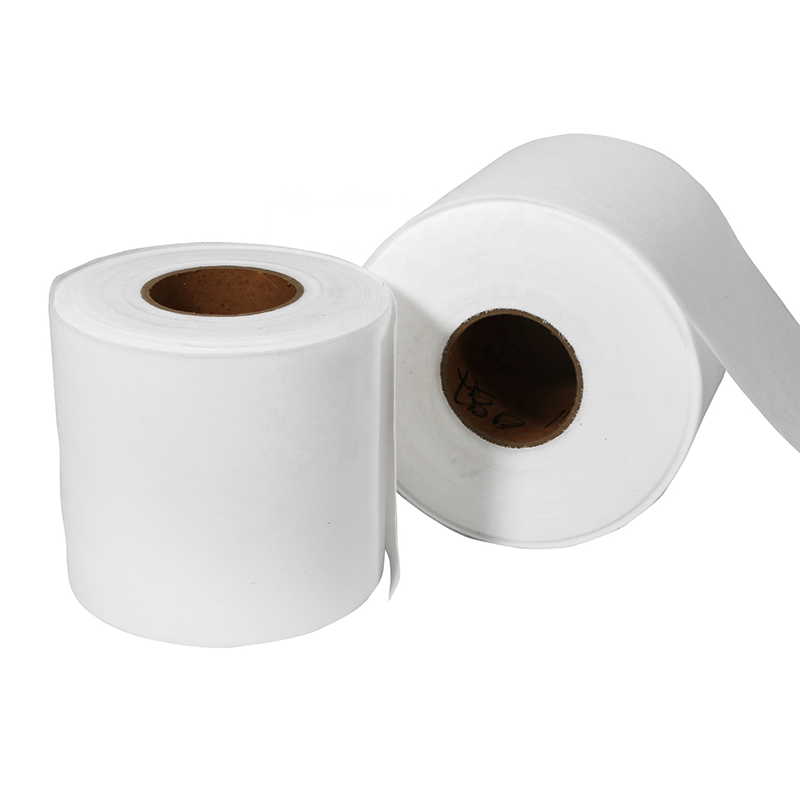
Non-Woven Geotextile
Geotextiles are permeable geosynthetic materials made by needling or weaving synthetic fibers. Geotextile is one of the new geosynthetic materials, and the finished product is clot […]
Post time: 2023-06-24
